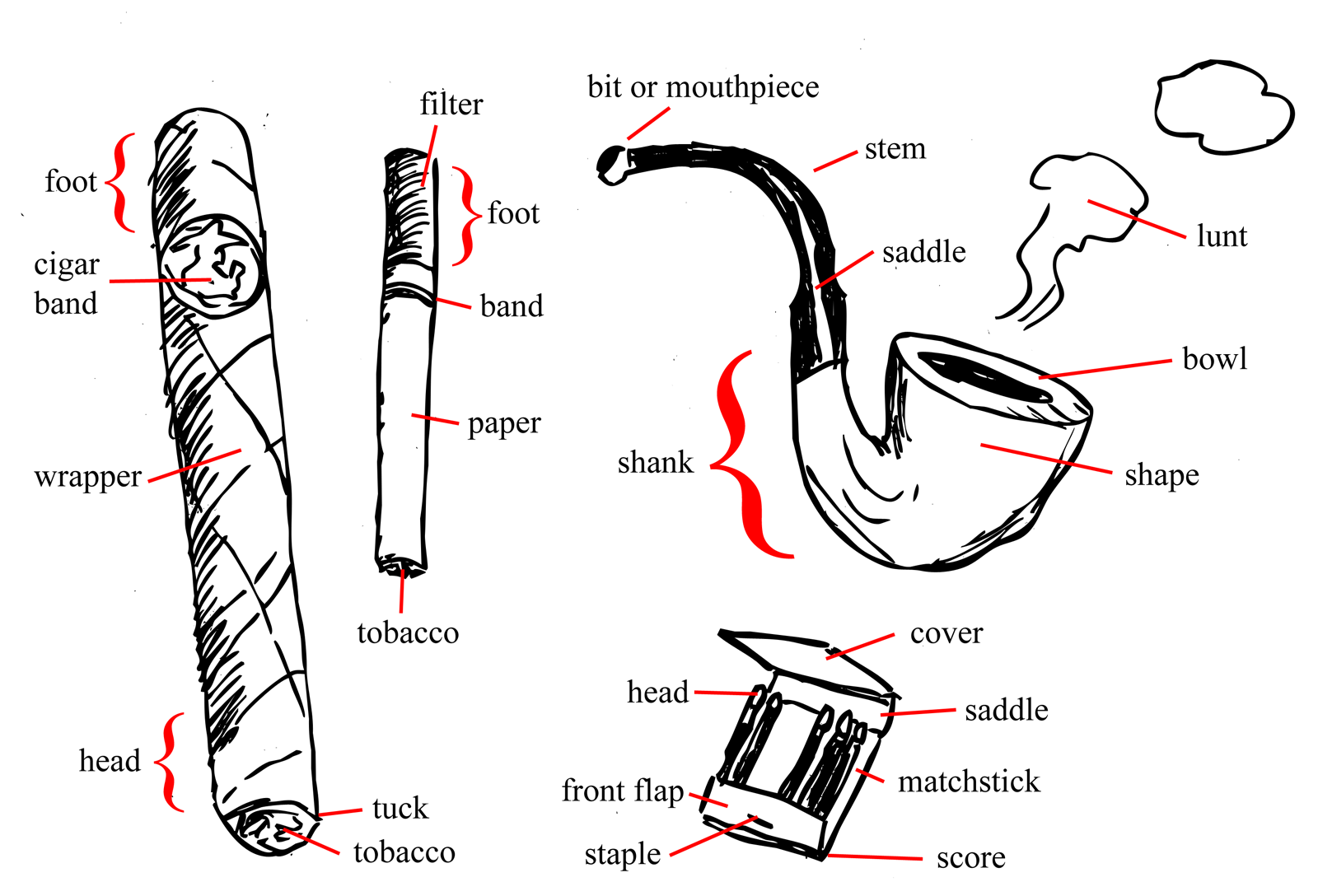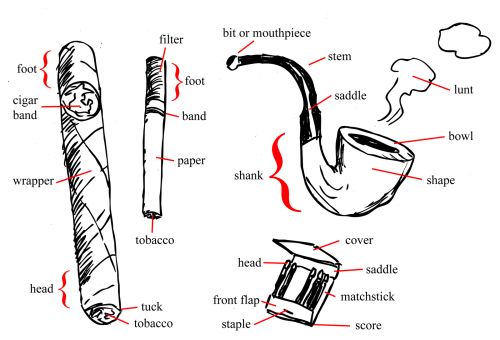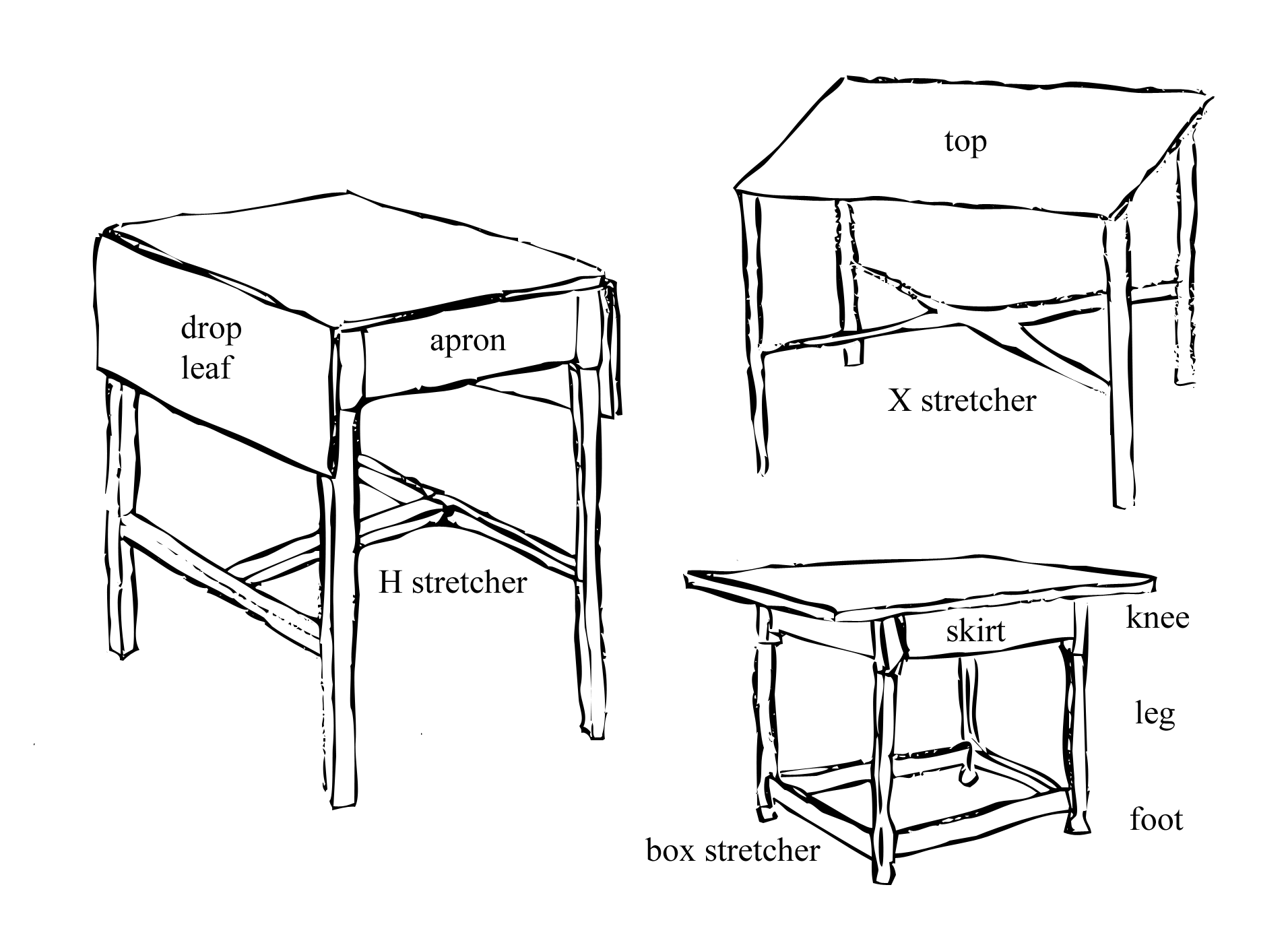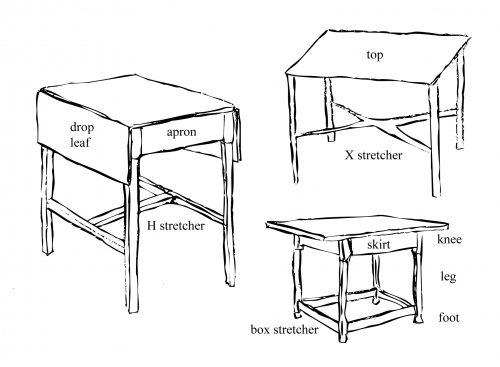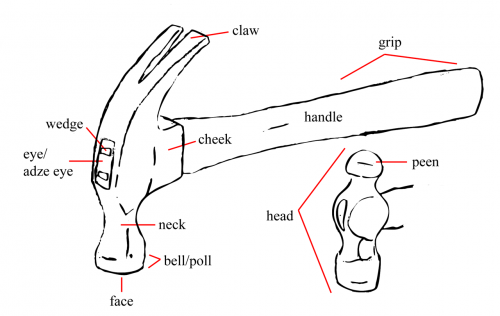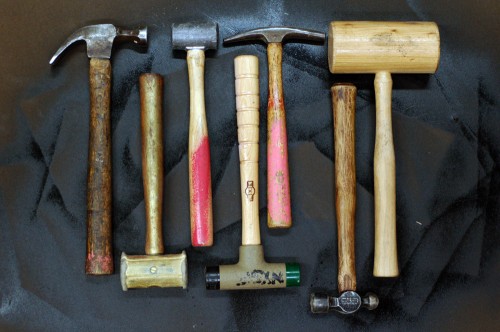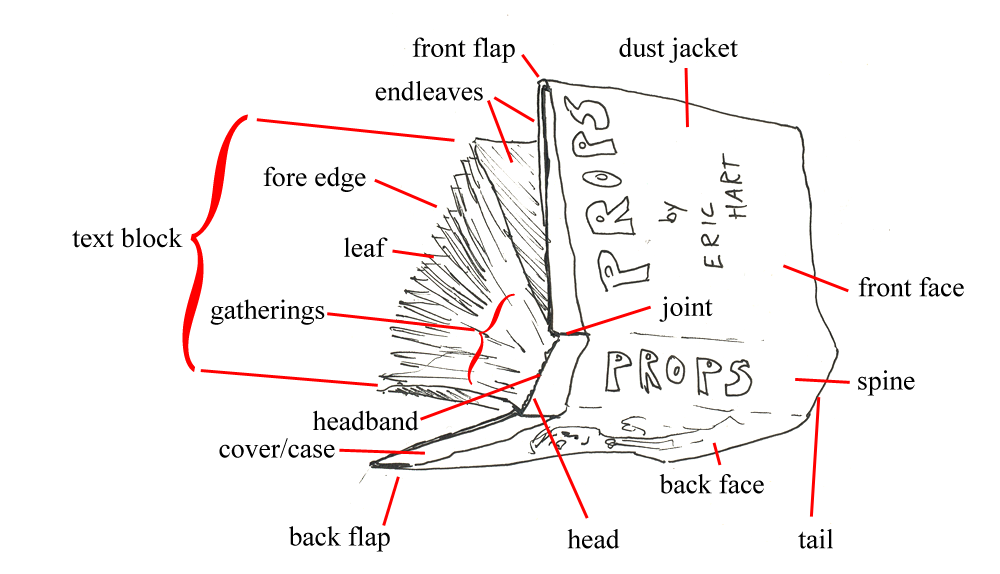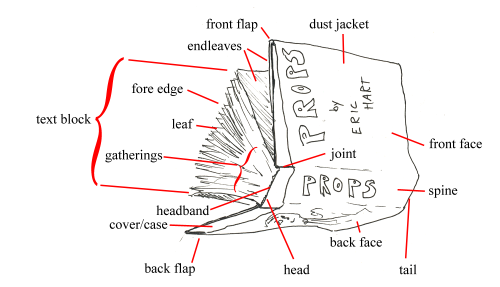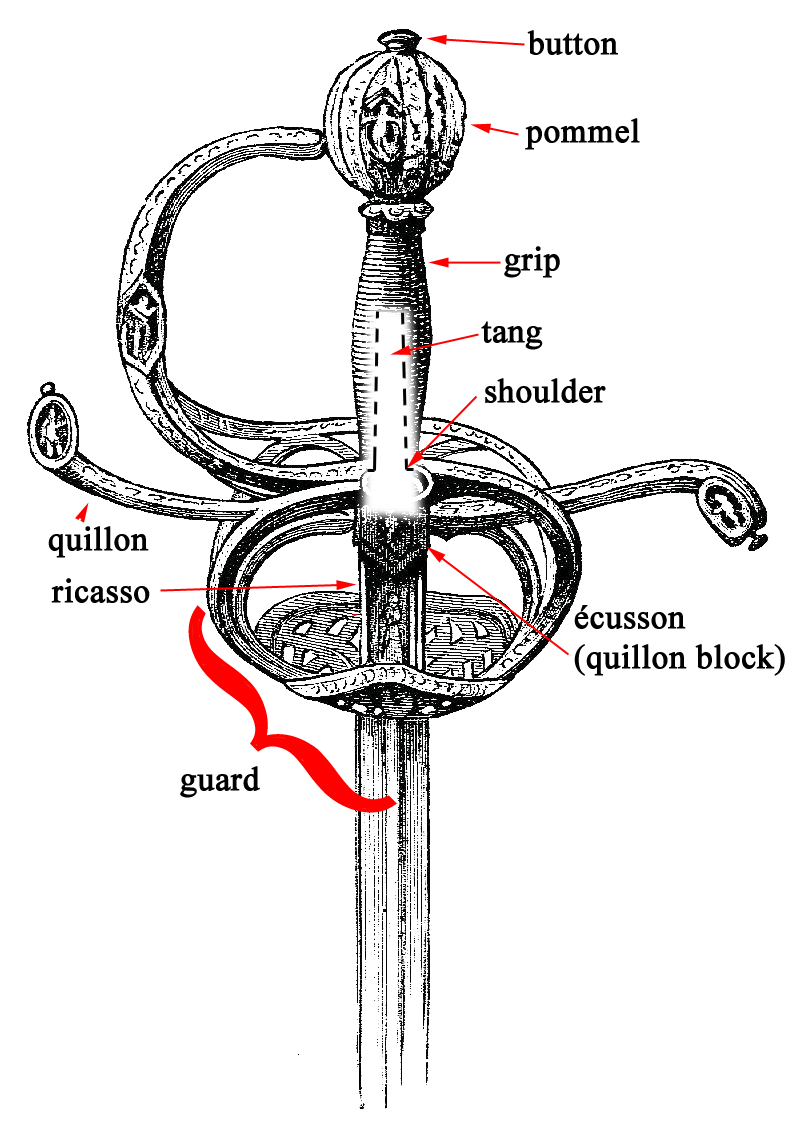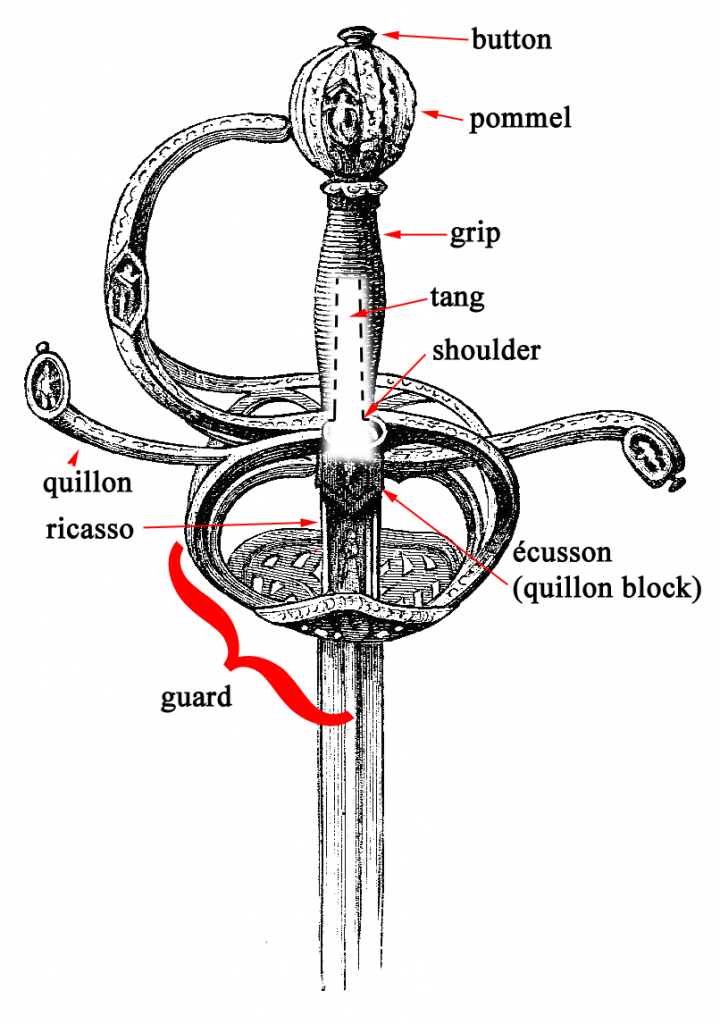Theatre and films seem to have an awful lot of tobacco smoking in it, so it can be useful to the props person to be able to identify the parts and anatomy of common smoking devices. Cigars, cigarettes and pipes have endless variations of shapes and styles and have evolved much throughout history, but they do have parts that have remained somewhat consistent over time.
Cigar
- foot – the end meant to be lit.
- cigar band – a paper or foil loop that identifies the type and/or brand of cigar. The hobby of collecting cigar bands is known as vitolophily; you can find over 1,000 examples of old cigar bands at the “Up-in-Smoke” Cigar Band Museum.
- wrapper – a spirally-rolled leaf of tobacco.
- head – the end closest to the cigar band that goes in the smoker’s mouth.
- tuck – where the wrapper is folded in to keep itself from unraveling.
- tobacco – dried and fermented bunches of leaves.
Cigarette
- filter – a cellulose tube not filled with tobacco meant to lower the amount of tar and other unwanted particles from entering the lungs. Invented in the mid-1920s. By the 1960s, the majority of cigarettes had filters, though even today you can still buy unfiltered ones.
- foot – the end that goes in your mouth. On a fully-smoked cigarette, this is known as the butt.
- band – similar to a cigar band but usually printed right on the cigarette paper. Can have the logo or just a simple design.
- paper – a combustible tube-shaped wrapper to hold the tobacco.
- tobacco – shredded tobacco leaves, tobacco by-products, and other additives.
Pipe
- bit or mouthpiece – where one puts his or her mouth.
- stem – the part that joins the shank with the bit or mouthpiece.
- saddle – a flattened part for easier gripping.
- shank – where the mortise on the bowl connects with the tenon on the stem.
- shape – the style of curve and other attributes. Here is a great chart of various pipe shapes.
- bowl – part used to hold the tobacco. The interior hollow area is known as the chamber. Unsmoked tobacco in the bottom of the bowl after smoking is called dottle.
- lunt – another name for pipe smoke.
Matchbook
- cover – folded paper or cardboard piece to hold the matches. Frequently contains advertising or logos on the outside. The abrasive striking surface, or friction strip, used to light the matches is on the back cover. The hobby of collecting matchbook covers is known as phillumeny.
- saddle – the area between the front and back of the cover.
- head – the part of the match that is lit.
- matchstick – the stem of a match.
- front flap – the bit of the cover tucked inside to hold the matches.
- staple – used to secure the matchsticks between the cover and the front flap.
- score – the crease to form the front flap.

